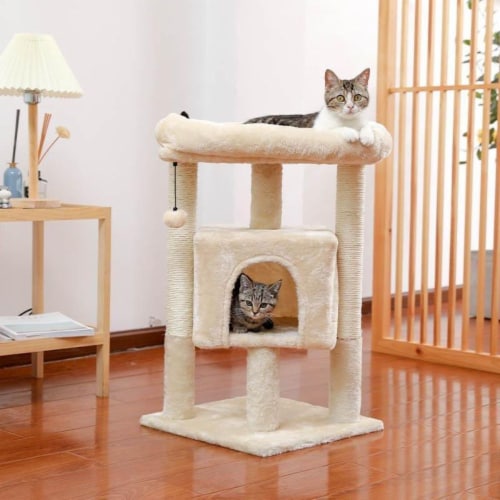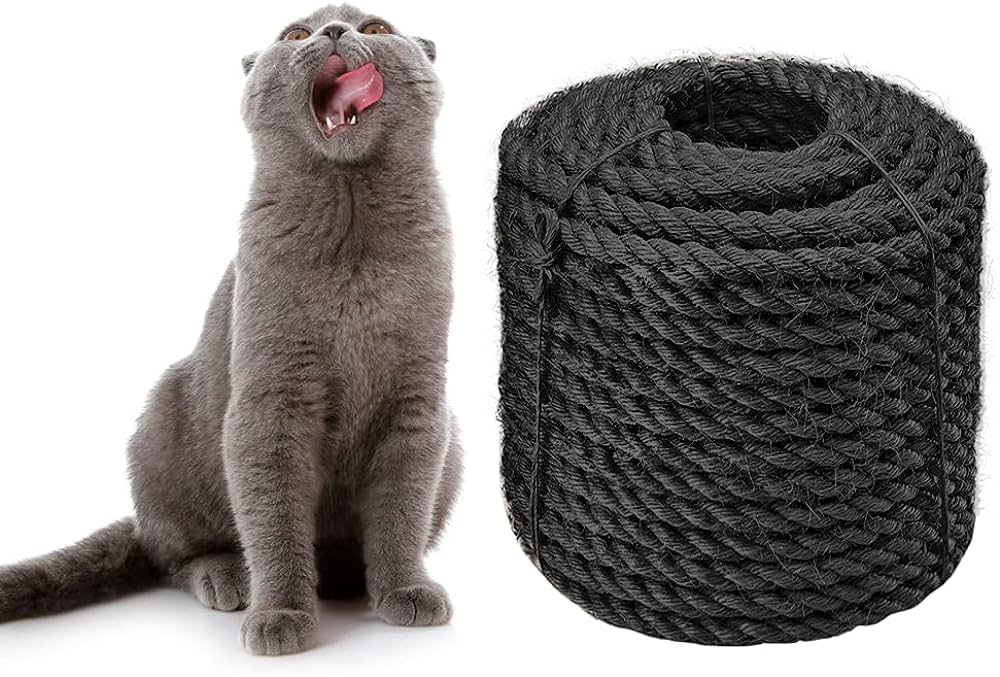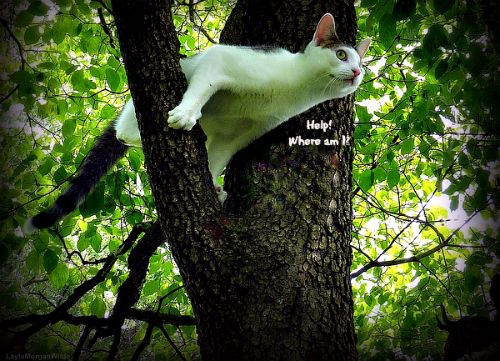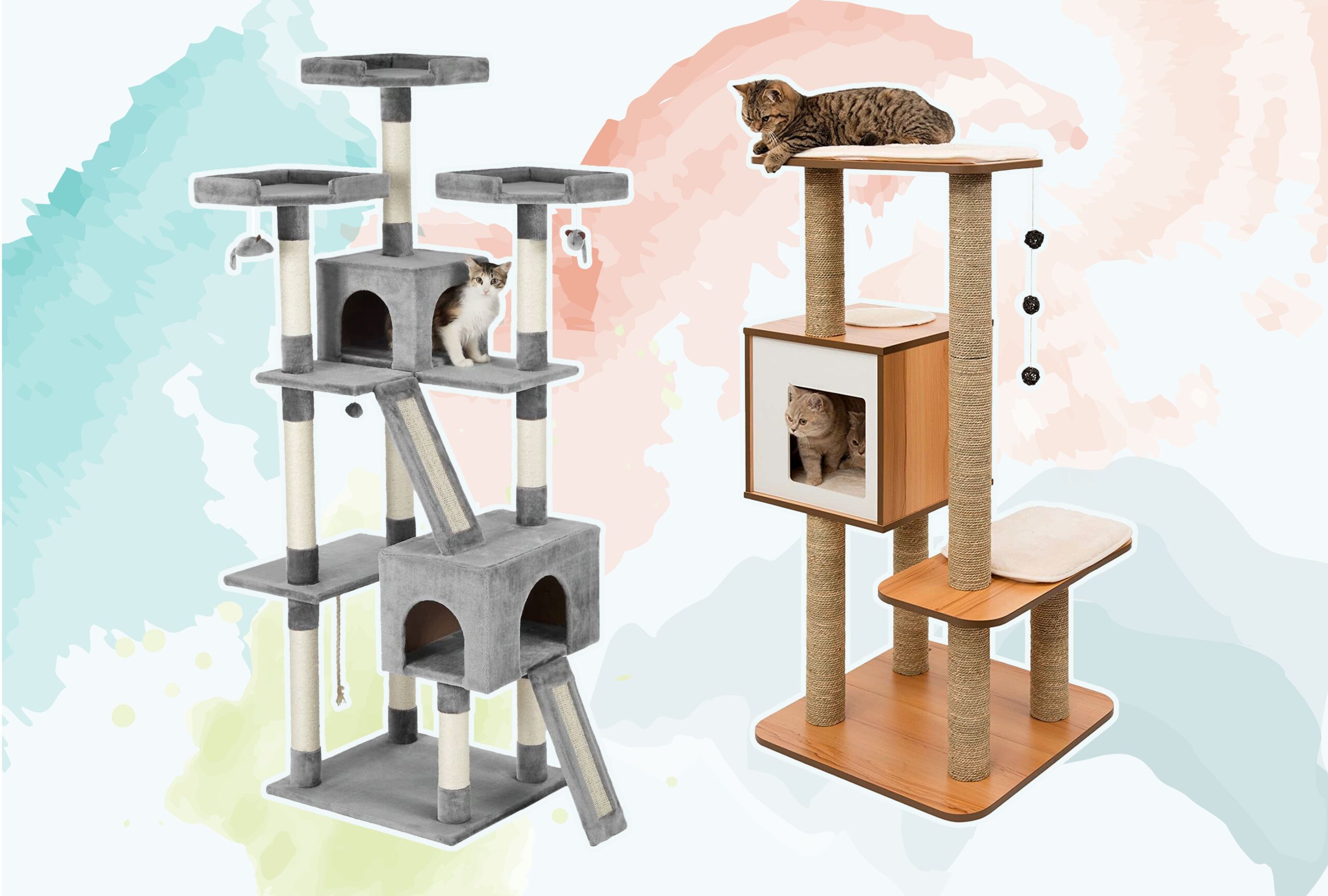Your cat may not use the cat tree if it doesn’t appeal to their preferences or is poorly placed. The location or stability of the cat tree can also influence their interest.
Understanding your cat’s behavior is crucial when facing issues like their disregard for a cat tree. Cats are creatures of comfort and habit, and even the smallest factors can impact their interaction with their environment. A cat tree should offer a stimulating and comfortable space for your feline to climb, scratch, and rest.
Yet, they might ignore it if it isn’t up to their standards. Preferences vary from cat to cat; some may prefer a different material, height, or type of cat tree. Ensure the cat tree is in a safe, social area and firmly stable, as cats are more likely to use a structure that feels secure. Taking into account these details can greatly encourage your cat to embrace its cat tree as a favorite spot to play and relax.
Cat Tree Rejection: Common Concerns
Your furry friend’s lack of interest in a new cat tree can be puzzling and somewhat frustrating. Understanding the reasons behind this behavior is essential. Let’s delve into some common concerns that might explain why your cat isn’t embracing their vertical playground.
Location Factors
Cats are both territorial and creatures of habit. The placement of their cat tree influences their interaction with it. Consider these points:
- Visibility: Cats love to survey their domain. Ensure the cat tree is in a room where your family spends a lot of time.
- Window Access: Cats enjoy lounging in the sun and watching the world outside. Place the tree near a window if possible.
- Peacefulness: Avoid high-traffic areas. Your cat should feel secure and undisturbed while using their tree.
Design Preferences
Cats have personal preferences, much like humans. The design of the cat tree can make a big difference. Keep in mind these considerations:
- Sturdiness: A wobbly structure can scare your cat. It must be stable.
- Material: Cats have texture preferences. Some enjoy sisal rope, while others prefer soft carpet.
- Size: Larger cats need more space and sturdier platforms.
Understanding Feline Behavior
Why does your cat ignore their cat tree? It’s confusing when you invest in a fun space for your cat, and they seem uninterested. Cats are complex creatures. Their behavior can tell us a lot, especially when they’re not using the items we give them for enjoyment. Let’s dive into the reasons related to their instincts and territory that might explain this puzzling behavior.
Natural Instincts
Cats are natural explorers and climbers. A cat tree taps into these instincts. Yet, some cats may not use a cat tree for a few reasons:
- Preference for other types of surfaces
- Height fears that differ from cat to cat
- Texture aversion, as some cats dislike certain materials
- The tree might not be stable enough, making the cat feel unsafe
Each cat’s instincts are unique. Providing a variety of options is key to meeting their needs.
Territorial Considerations
Cats are territorial by nature. Understanding this can explain their tree usage:
| Scent Marking | New Item Suspicion | Location Importance |
|---|---|---|
| Cats mark their terrain with scent. An unused cat tree might simply not have their scent yet. | Cats can be wary of new items. It may take time for them to trust the cat tree | If a cat tree sits outside of a cat’s preferred area, they might ignore it |
Place the cat tree in a favorite spot and sprinkle it with catnip or hang toys to make it more inviting. Patience is key as your cat adjusts to their new piece of furniture.
The Impact Of Past Experiences
Understanding why your cat avoids its cat tree can often link back to its past. Cats carry memories and feelings from previous experiences. These experiences can shape their current behavior. Explore how earlier incidents in your cat’s life may deter it from climbing its tree.
Previous Ownership Neglect
Cats who faced neglect in prior homes may not trust new items easily. A neglectful past might mean your cat didn’t have access to stimulating toys or structures. This could explain its hesitation towards the cat tree. The following points highlight typical signs of a cat affected by past neglect:
- Shy or withdrawn behavior
- Suspicion of new objects
- Preference for hiding spots
- Lack of interest in play
Make your furry friend feel safe. Offer treats and gentle encouragement to foster a positive connection with the cat tree.
Negative Associations
Cats link places and objects to experiences. A negative event involving a cat tree could turn them off. For instance, a fall from a tree or a scare while climbing could leave a lasting fear. Adults and kittens can both carry these associations. Use these strategies to break the cycle:
- Positive reinforcement: Pair the cat tree with treats and affection.
- Slow introductions: Let your cat explore the tree at its own pace.
- Place the tree in a favored area: Where they spend most of their time.
Persistent patience and love can rebuild trust in the cat tree. Allow your cat to set the pace for rediscovery.

Credit: www.walmart.com
Optimizing The Cat Tree Experience
Welcome to the purr-fect guide for optimizing the cat tree experience. Cats adore their own special spot in the home. A cat tree is more than just a plaything; it’s their domain. But what if your feline friend ignores this vertical paradise? It’s time to make that cat tree irresistible!
Choosing The Right Tree
Size, material, and design matter. Observe your cat’s behavior. Some cats prefer height to oversee their territory, while others enjoy cozy spots to hide. Here are some key points:
- Height: Tall trees offer a better view.
- Stability: A sturdy base prevents wobbling.
- Material: Sisal is great for scratching.
- Platforms: Multiple levels for extra fun.
Cater to your cat’s preferences.
Placement Strategies
Location is critical. Cats love a good scene from their perches. Put the tree where the action is.
| Tips for Cat Tree Placement |
|---|
| Near a window: Cats love sunbathing and bird-watching. |
| Quiet corner: Some prefer a silent retreat. |
| Family area: Stay part of the social scene. |
| Away from loud appliances: Avoid stress. |
Test different spots. Observe your cat’s response. A little trial and error will uncover the perfect spot!
Encouraging Cat Tree Usage
Do you see your cat ignoring their tree? It might be frustrating. You spent money and they’re not using it! Let’s fix that. Cats need a bit of help sometimes with new things. This section will cover tips to get your feline friend climbing and lounging on their cat tree in no time.
Positive Reinforcement
Positive reinforcement is a powerful tool. Cats love rewards. Here’s how to use them:
- Use treats – Place treats on different levels of the cat tree. Your cat will climb for the rewards.
- Praise them – When your cat touches the tree, talk to them in a happy voice. Use phrases like “Good job!” They’ll associate the tree with your approval.
- Play sessions – Have fun near the tree. Use toys to lead them up. They’ll start climbing instinctively.
Familiarization Techniques
Cats may be wary of new items. These steps will make the tree more inviting:
- Scent transfer – Rub a soft cloth on your cat. Then, wipe it on the cat tree. Your cat’s scent on the tree will make it more appealing.
- Place it wisely – Set the tree in a space your cat loves. Close to a window is usually a good spot. They’ll be drawn to their favorite area.
- Make it cozy – Add blankets or cushions from places your cat sleeps on. Familiar fabrics can encourage them to explore and relax.

Credit: www.amazon.com
Knowing When To Replace Or Upgrade
Your cat’s beloved cat tree can be a sanctuary, a playground, and a cozy retreat. Understanding the right time to replace or upgrade this feline furniture is key. Cats may stop using their trees not just out of boredom but also due to wear and diminishing allure. Let’s explore the signs that signal it’s time for a new cat tree and how to make the transition smooth.
Wear And Tear Indicators
- Loose fabric: Threads hanging? It’s less safe for kitty claws.
- Bare patches: Less comfort means less time your cat spends on it.
- Wobbly structure: Cats need stability for climbing and resting.
- Frayed rope: The scratching post aspect loses its appeal.
Regularly inspect the cat tree for these signs. Cats cherish stability and safety; a worn cat tree may no longer provide this. Such wear might deter your cat from engaging with the tree, leading to reduced exercise and stimulation.
Introducing New Features
Consider features that will reignite your cat’s interest. New designs offer numerous benefits:
| Feature | Benefit |
|---|---|
| Multi-level platforms | More areas to explore |
| Integrated toys | Keep play exciting |
| Cosy cubbies | Offer private napping spots |
| Scratching posts | Encourage natural clawing behavior |
When introducing a new cat tree, place it next to the old one. Encourage your cat to explore with treats and positive reinforcement. Gradually, your cat will transition to the new piece and again enjoy their vertical territory.

Credit: www.kroger.com
Frequently Asked Questions On Why Is My Cat Not Using The Cat Tree
Why Isn’t My Cat Interested In Their Cat Tree?
Cats may ignore their cat tree if it doesn’t meet their preferences for location, height, or stability. Place the cat tree by a window or in a favorite room. Ensure it’s tall enough for climbing and sturdy to prevent wobbling during use.
How Can I Encourage My Cat To Climb The Cat Tree?
To entice your cat, try placing treats or catnip on the cat tree. Hang toys from it for added attraction. Make sure it’s in a cat-preferred area. Positively reinforce any interest your cat shows in the cat tree.
What Material Do Cats Prefer For Their Cat Trees?
Cats often favor cat trees with natural materials like sisal for scratching or soft fabric for lounging. They enjoy varying textures. Ensure the materials are durable and comfortable for your cat to keep them interested.
Could The Height Of The Cat Tree Deter My Cat?
Yes, some cats may be intimidated by taller structures. Start with a shorter cat tree to gradually build their confidence. Observe if your cat prefers higher vantage points or lower, more enclosed spaces.
Conclusion
Understanding your feline friend’s preferences can be a puzzle, but addressing the key points discussed here could transform that unused cat tree into their favorite hangout spot. Monitor their interaction, ensure comfort, and encourage play for the best results. With patience and these tips, your cat’s tree should soon see more action.



